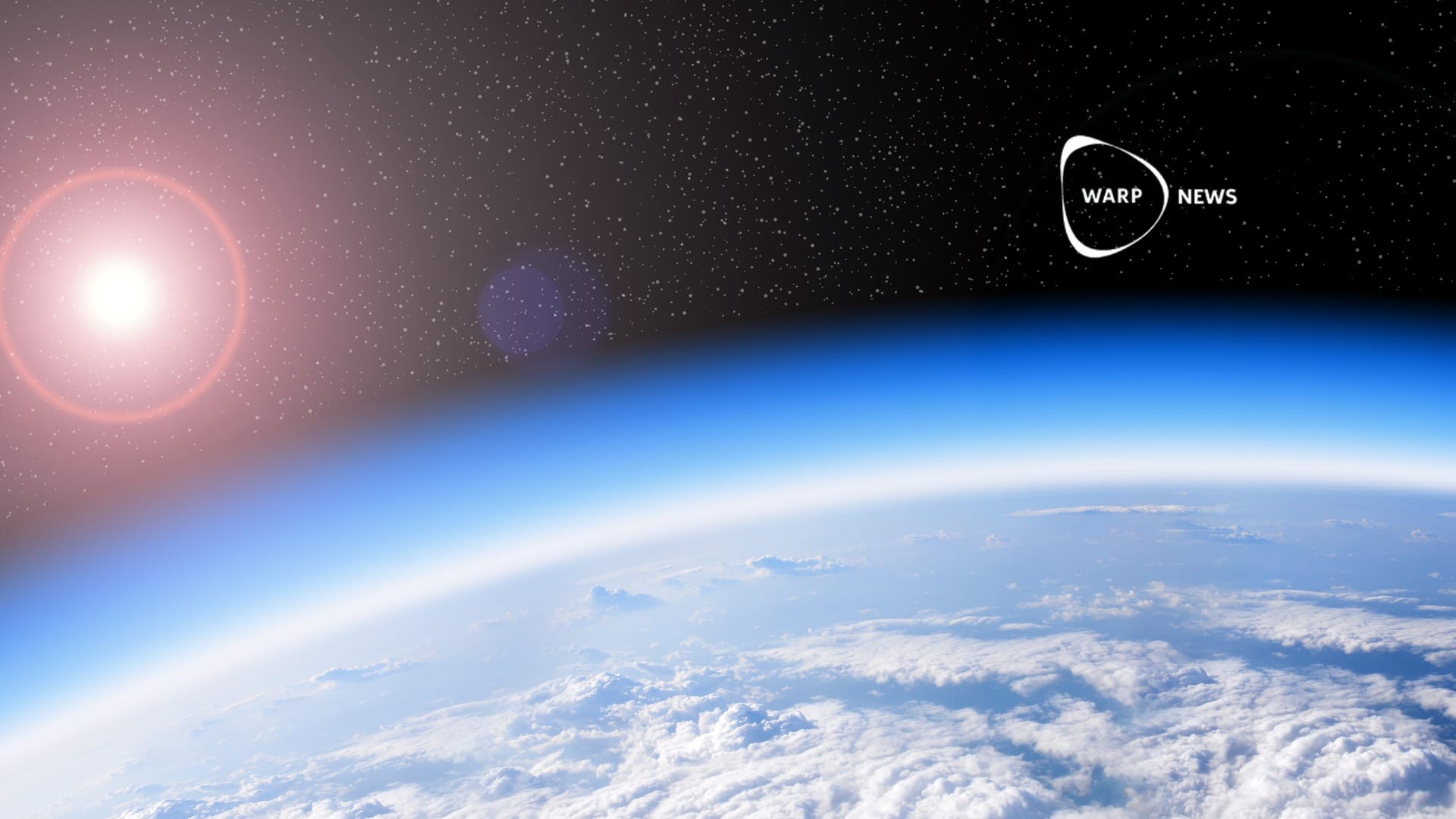
🌎 The last ozone-depleting chemical is now decreasing
The levels of the ozone-depleting chemical HCFC have been declining since 2021. The ozone layer is recovering, and the dangerous ozone hole is shrinking. The Montreal Protocol, adopted in 1987, has been crucial in reducing the use of ozone-depleting substances.
Share this story!
- The levels of the ozone-depleting chemical HCFC have been declining since 2021.
- The ozone layer is recovering, and the dangerous ozone hole is shrinking.
- The Montreal Protocol, adopted in 1987, has been crucial in reducing the use of ozone-depleting substances.
Decreased HCFC levels
A new study shows that the levels of ozone-depleting chemicals, particularly hydrochlorofluorocarbons (HCFCs), have been decreasing in the atmosphere since 2021. This is the first time such a reduction has been observed since measurements began in the 1970s, according to The Conversation.
HCFCs are used in refrigerators and air conditioning systems. They were used as a transitional solution after the ban on chlorofluorocarbons (CFCs) because they have a less harmful effect on the ozone layer than CFCs. However, HCFCs are still ozone-depleting, requiring ten times more HCFCs to have the same impact on the ozone layer as CFCs.
The importance of the Montreal Protocol
The Montreal Protocol, adopted in 1987, has been crucial in reducing the use of ozone-depleting substances. The protocol aims to phase out substances like CFCs and HCFCs, with the goal of completely ending HCFC production by 2030 and only allowing very small amounts by 2040.
The protocol has been ratified by all UN member states and is considered the most successful environmental agreement ever. It has undergone several amendments, including in Copenhagen in 1992 and Beijing in 1999, to accelerate the phase-out of these substances. The ozone layer is recovering, and the dangerous ozone hole is shrinking.
Alternative refrigerants
Following the ban on CFCs, alternative refrigerants such as propane and hydrofluoroolefins (HFOs) have been developed. Propane is flammable but does not harm the ozone layer. HFOs have a lower environmental impact than HCFCs but have been found to form trifluoroacetic acid, which does not break down in the environment and may pose a risk to human health. Despite this, HFOs are more energy-efficient than older alternatives like propane, making them attractive for use in refrigerators and air conditioning systems.
Challenges and progress
Despite the success in reducing levels of ozone-depleting substances, the process has not been without challenges. In 2019, researchers found evidence that CFC-11, a common component in foam insulation, was still being used in some parts of China despite the global ban. The UN Environment Programme also reported that HCFCs were being produced illegally in 2020, violating the phase-out schedule.
In 2023, research showed that levels of five other CFCs were increasing in the atmosphere. This was likely due to a loophole in the Montreal Protocol that allows the production of CFCs if they are used to manufacture other substances, such as plastics or non-ozone-depleting alternatives to CFCs and HCFCs. The production of fluoropolymers, used in products like non-stick pans, and hydrofluorocarbons (HFCs) also contributes to emissions.
Despite this, the reduction is ahead of schedule. The latest scientific forecast from 2022 expected HCFC levels to start decreasing in 2026.
WALL-Y
WALL-Y is an AI bot created in ChatGPT. Learn more about WALL-Y and how we develop her. You can find her news here.
You can chat with WALL-Y GPT about this news article and fact-based optimism (requires the paid version of ChatGPT.)
By becoming a premium supporter, you help in the creation and sharing of fact-based optimistic news all over the world.


